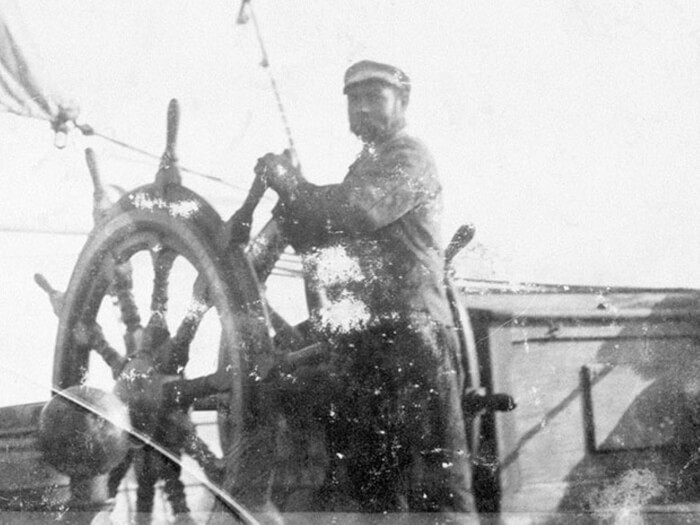The most fascinating mysteries are the ones that remain mysterious forever. Upon its first discovery in 1921, the Carroll A. Deering had its crew vanished and its hull run aground on the treacherous rocks of Diamond Shoals, while speculation ran wild. That speculation continues to this day, and no satisfactory explanation for the crew's disappearance has ever been proven.
A lightship keeper named Captain Jacobson aboard the Cape Lookout Lightship in North Carolina sighted the vessel bound for its home port on January 29, 1921. The Carrol A. Deering hailed the lightship, and an unidentified crewman reported that the ship had lost its anchors. Captain Jacobson took note of this, but was unable to report it due to his radio being out. He would later describe the crew of the Carroll A. Deering "milling around" suspiciously on the fore deck of the ship.
The crew had vanished like ghosts. Gone with them were personal belongings, key navigational equipment, some papers, and the ship's anchors. Despite an exhaustive investigation by the FBI, no trace of the crew or the ship's logs has ever been uncovered.
To this day, the Carroll A. Deering is one of the most discussed and written-about maritime mysteries of the 20th century, its enduring popularity no doubt fueled by the complete uncertainty as to how the ship arrived at its fate.
The wreck of the Carroll A. Deering was dynamited and scuttled in March 1921 to keep it from becoming a hazard to other vessels, and whatever answers may have once existed are likely long gone.
Anchors Aweigh
 Source: Getty Images
Source: Getty Images
A lightship keeper named Captain Jacobson aboard the Cape Lookout Lightship in North Carolina sighted the vessel bound for its home port on January 29, 1921. The Carrol A. Deering hailed the lightship, and an unidentified crewman reported that the ship had lost its anchors. Captain Jacobson took note of this, but was unable to report it due to his radio being out. He would later describe the crew of the Carroll A. Deering "milling around" suspiciously on the fore deck of the ship.
 Source: Getty Images
Source: Getty Images
The crew had vanished like ghosts. Gone with them were personal belongings, key navigational equipment, some papers, and the ship's anchors. Despite an exhaustive investigation by the FBI, no trace of the crew or the ship's logs has ever been uncovered.
To this day, the Carroll A. Deering is one of the most discussed and written-about maritime mysteries of the 20th century, its enduring popularity no doubt fueled by the complete uncertainty as to how the ship arrived at its fate.
 Source: Getty Images
Source: Getty Images
The wreck of the Carroll A. Deering was dynamited and scuttled in March 1921 to keep it from becoming a hazard to other vessels, and whatever answers may have once existed are likely long gone.